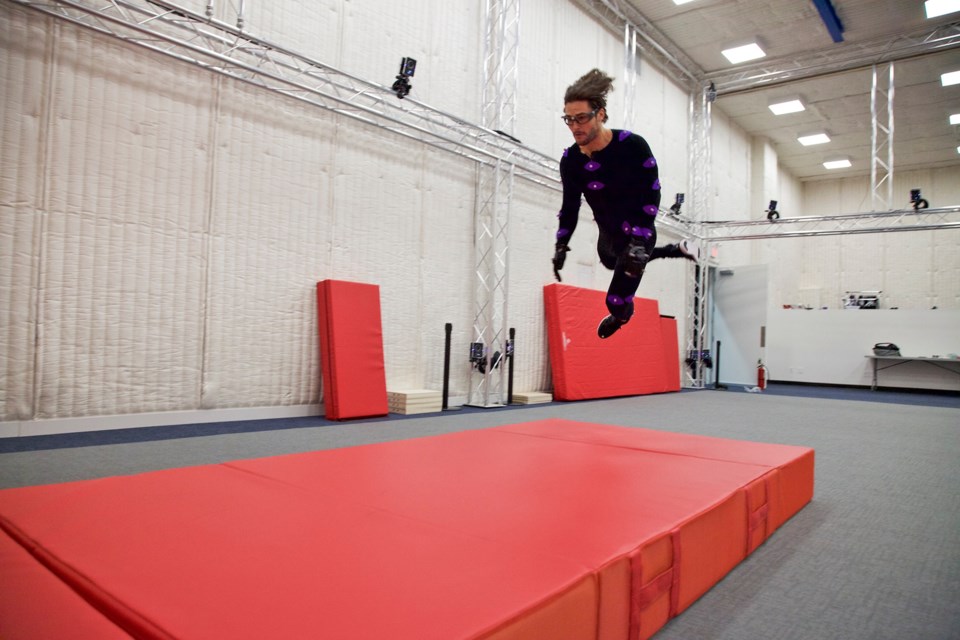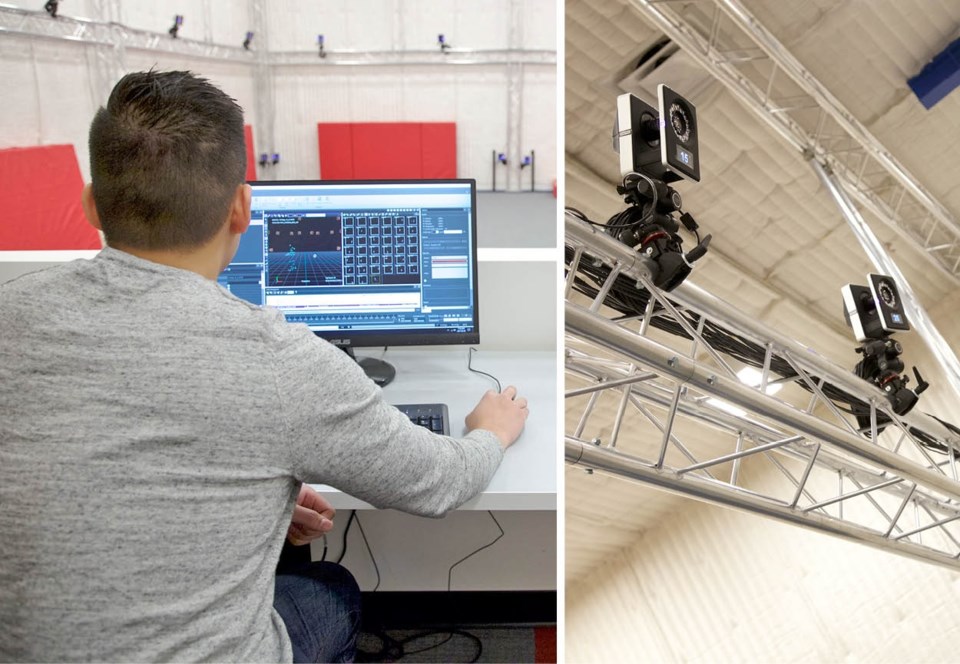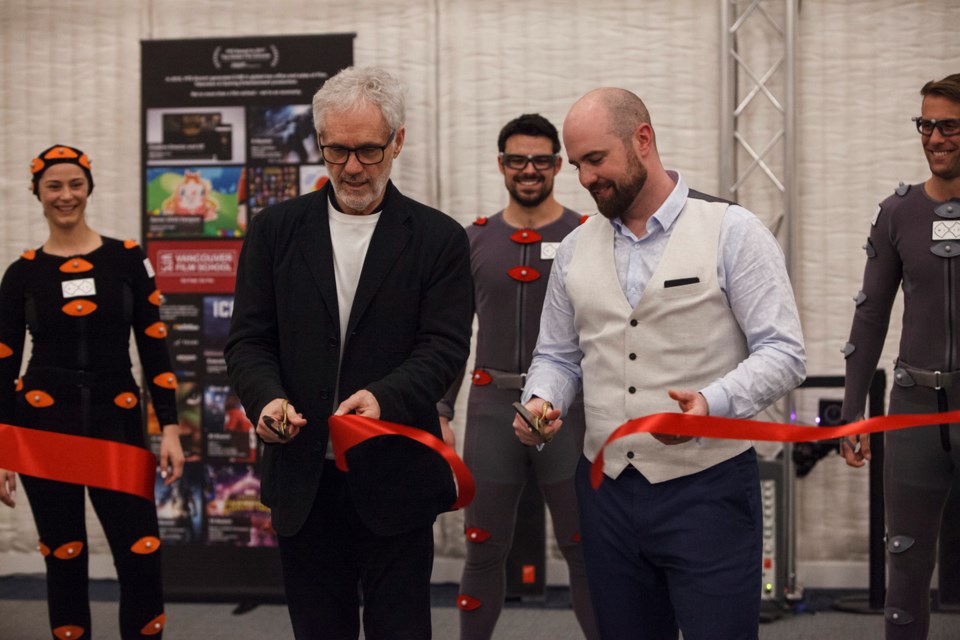Deep below the streets of historic Gastown, a new kind of history is being made.
In the cavernous space that was once occupied by ill-fated tourist attraction Storyeum (specifically, its pirate ship set), the Vancouver Film School (VFS) and Mimic Performance Capture operate the largest commercial performance capture studio in Canada.
The studio is the brainchild of Graham Qually, president of Mimic Performance Capture and a gaming industry veteran, and Ted Gervan, vice-president of Education at VFS. The idea began over coffee, and snowballed from concept to completion in a matter of months, with both VFS and Mimic investing in a studio space that is already serving students and clients in film, television, and gaming.

The studio – which officially opened on May 18 – doesn’t have a lot of competition in the GVRD. Few local companies offer performance motion capture services – aka mo-cap, a process in which an actor’s movements are recorded digitally for the purpose of animating a digital character in a movie or video game – and few schools are equipped with the facilities and tech to give film, gaming, and acting students the opportunity to hone their mo-cap skills.
That’s all changed with this unique collaboration between commercial entity and educational facility. Gervan says both VFS and Qually were “looking for something.”
“For VFS, it was to answer that question of how do we continue to evolve and be relevant and be even more integrated with industry,” Gervan says. Meanwhile, Qually wanted to have a performance mo-cap company in Vancouver, but finding space in Vancouver was proving impossible.
Qually met with Gervan over coffee to talk about working performance mo-cap courses into the curriculum, and the two quickly realized they could build something impressive together in VFS’ sprawling Gastown campus.

The studio’s stats are eye-popping: 36,000-cubic-foot shoot floor, with 40 Vicon Vantage cameras valued at $25,000 each, four head-mounted cameras at $30,000 each, and an impressive assortment of tricked-out stunt equipment. Qually and friends swung hammers for several weeks during the school’s off-hours to remove more than 5,500 pounds of material (including the aforementioned Storyeum pirate ship). The resulting room-within-a-room sits on gaskets and is completely isolated acoustically. “Gaming loves it because they can do their final audio on set,” explains Qually.” They’ll bring in their actors who are doing the voice, we’ll do all the motion capture and we’ll capture their face, their bodies, their fingers, their props, everything, and we’ll deliver it to them final, ready to go into the game.”
The performance mo-cap studio is a separate company from VFS (“The cool thing is that VFS understood that commercial has to take precedence – that we have to be commercially viable in order for the interdependent relationship to work,” says Qually), but students have exclusive access to hands-on learning, advanced stunt training, acting performance work, and applied research.
“Even with this first student game project, we had game students casting the acting students and shooting 300 or 350 shots instead of 18, which is what they had planned for this project,” says Gervan. “Imagine showing that to industry. It’s really about developing an elite talent pool and taking a huge step towards developing that talent pool in the city of Vancouver.”
For more about VFS and Mimic’s performance capture studio, visit mimicperformance.com or vfs.edu.


